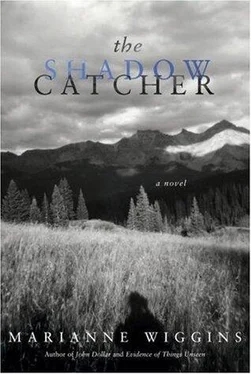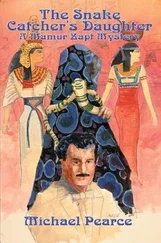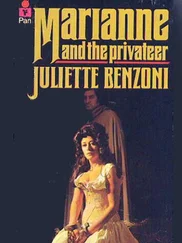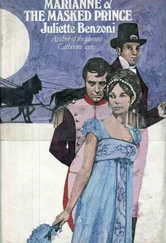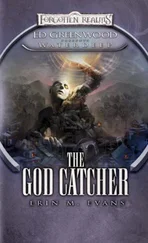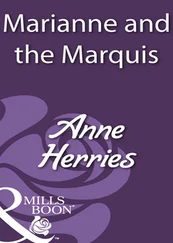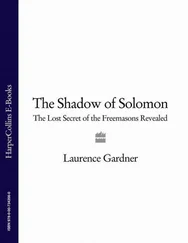We turn, we are a turning tribe — born into, borne by rotation — earth propelling us around its axis once a day, like a revolving door, while gravity deceives us into thinking that the sky is moving, we are standing still.
When Edward Curtis died he had gone around the sun eighty-four times, eighty-four revolutions — my father, fifty-three. Another trip around the sun — another turning — is what we’re really celebrating when we celebrate an anniversary — another journey of 574,380,400 miles. In his lifetime my father journeyed thirty billion miles through space, without noting it — Curtis, almost fifty billion.
Those are major road trips, when you think about it.
Which puts this haul to Vegas in perspective: just a little run around the neighborhood.
Driving east on the 101 toward Pasadena, skirting through the San Fernando Valley, I’m still on former mission land, acres deeded to the Mission San Fernando rancho for growing olives, grapes, corn, wheat and melons. After Glendale, the land rises toward the San Gabriels where the native Tongva, a language clan of the Shoshone, were indentured to the Mission San Gabriel in the eighteenth century, and thereafter called the Gabrieleno tribe. East from here, all the way to Death Valley, the native language was Shoshone, and AZUSA is the first town on the highway to bear a shadow Shoshone name.
The American road is an Indian nation.
FIREBIRD. CHEROKEE. MUSTANG. WINNEBAGO.
Is there any other country in the world that appropriates the names of clans for cars?
If you think you’ve recently been the victim of IDENTITY THEFT, please press “one,” a voice advises me every time I call my bank, but no one bats an eye at you in your Jeep COMANCHE or your Chevy CHEYENNE.
You can drive clear across the country without being questioned about your Chevy TAHOE or APACHE.
In your TIOGA.
Your CONESTOGA wagon.
I guess I fell in love with being on the road from being in the front seat of the car with my father, late at night, on road trips from Pennsylvania to Virginia.
I don’t think children can identify loneliness in others.
Although lonely, themselves, sometimes, I don’t think children have the depth of experience to recognize loneliness as a state of being that exists in others.
I don’t think we, as adults, are especially aware of loneliness in others, either, unless that person is obviously alone, sitting on a bench, sitting at a remove, picking idly through trash on a street corner, staring from a window.
When loneliness exists inside a family, it havens its own silence. Families breed loneliness that’s disguised as shyness, or as boredom; or as sleep.
Families are designed to be the social antidote to solitude, so to learn to search for signs of loneliness inside a family goes against our instincts.
We’re not taught to look for loneliness, so it passes, like a shadow, over dinners, over evenings watching the TV, between married couples, between parents and their children,
The silence that was probably a kind of dull ache in my father emanated to me on those car rides as a kind of comfort.
He was very good behind the wheel, very capable and uncomplaining, and that communicated to me as a confidence that we were safe, cocooned in a closed environment, he and I up front, mom and J-J in the back, moving through the known and unknown, navigating life together. If there was a social concern over the impulse to manufacture bigger cars and build more roads, those issues were not filtering into the daily news one received as a young girl growing up in 50’s America. To drive was an innocent pursuit. To drive long distances was an adventure. The superhighways — six lanes, eight lanes, the Interstates — were still on drawing boards, so we progressed behind two cones of light down two-or four-lane roads through corn, cotton and tobacco fields, scrubby, cluttered Maryland woods, towns with church steeples and village greens, Fredericksburg, Baltimore, Washington and Richmond. The cities were allegro movements in the symphony; the fields and farms andantes. The night had rhythm. The towns approached , you could sense a town’s encroachment through the clearings in the woods, outbuildings would materialize, the town’s corona would glow above it in the sky, the distances between the barns would quicken, houses would construct a chorus line. Whether it was dark or light there was specificity in every shadow. And because it was that specific passage along Route 1 through Maryland and northern Virginia, as we drove south we drove into American history, too. I could name the battlefields in order, north to south. There’s no other country on Earth that has so many battlefields as road side attractions. If you have a mind to do so you can follow Washington as he evaded or pursued the British through the declared independent colonies or you can stop and scan the twilight’s last gleaming over the same harbor waters as Francis Scott Key or follow Lee and Jackson and the Army of the Potomac into boggy marshes over clay pits onto the higher granite ramparts overlooking Richmond.
How my mother’s parents came to settle in a place between the James and Appomattox Rivers in the tidewater delta of Virginia from their separate Aegean islands of Skopelos and Limnos was embedded in conflicting legends, different versions of one family’s history, but their separate acts of reinvention, taken some time between the two world wars, certified the fact that their only daughter Mary was not only Greek, she was a Southerner.
Which is to say that life with her was, by turns, life with Vivien Leigh playing Scarlett O’Hara and Vivien Leigh as Clytemnestra.
Landscape shaped her: the farther north my mother went, the more Scarlett she seemed; the farther south, the Greek-er.
She would get into the backseat of the car in Lancaster, Pennsylvania, go to sleep and emerge six or seven hours later in Hopewell, Virginia, a different version of herself. Maybe that’s what going back to the place of your birth always does to someone, but I used to think that sleeping all the way through Mary land must have exacted an effect on her — she must have traded Marys there, one Mary for another, in that land of all those Marys.
The journey her parents made in their migratory flight from Greece seemed to have depleted their travel genes because they neither one went back to Greece, nor did Mary, nor did she tolerate any kind of journey well. The road put her right out. Ten minutes into a road trip, Mary was snoring — loud and full of drama, even in her sleep. If we stopped at a traffic light or a stop sign, the halt would never interrupt her rhythm, but every time we made a left-hand turn, her snoring stopped abruptly, then picked up again after a minute. Through a city, through Baltimore or Washington, for example, John could keep her quiet for a full ten or fifteen minutes by executing a series of sinistrally directed detours, but eventually we’d hit a stretch of open road and the snoring would start up again. If it got too loud, John would hum or start to whistle, sometimes sing, and the breathing from the backseat, though still heavy and deep, would be peaceful.
The drive had all these syncopations, then — the percussion of the asphalt road, the alternating rhythms of the landscape braiding, like convergent channels of a river, through divergent threads of time, history into the present moment; and the sounds of Mary snoring. Repetition was a rhythm, too: the more we traveled this same road, the more memories we had of ourselves in this landscape. We were doubling, multiplying as we went — especially John and Mary, going back and forth along a road they’d traveled for years, ever since they were married. Maybe that’s why Mary slept — so her past would stay, as new. So she wouldn’t have to see it all, again; watch it change, before her eyes — see the changes in the landscape. But John searched as he drove — I learned that from him, a kind of leaning forward at the wheel, trying to imagine whatever was out there, trying to inhabit what he could or could not see out in the distance. It was the future he was searching — that’s the mechanics of the road: the horizon line awaits , a destination, where you’re going. It’s the line of possibility. For John, driving south from Pennsylvania meant driving toward his own remembered past and the pasts of others in his family; transacting with his ghosts. It was a journey through both now, and then. The North, the South. All the Johns, and all the Marys (in and out of Mary land). Only Mary and Joseph surpass the coupled names of John and Mary as clichés in American Christendom. They’re the Dick and Jane of married couples. John and Mary. See Spot run. Run, John. And marry Mary.
Читать дальше
